Market Share
Ethyl Acetate Market Share Analysis
Market share positioning strategies play a crucial role in determining the success and competitiveness of companies operating in the ethyl acetate market. Ethyl acetate is a versatile chemical compound used in various industries such as paints and coatings, pharmaceuticals, food and beverages, and others. In order to gain a significant market share in this highly competitive industry, companies employ various strategic approaches.
This compound doesn't have any color, and the common application of it is in glues. Ethyl acetate is soluble in alcohol, ketones, Easter's, and it is highly flammable ad well. It has also used in cleaning, coasting, and paint removals. The Increasing demand for ethyl acetate in many packaging Industries, increasing lather production, rising use of ethyl acetate in paintings, enamels, and other chemical processes changing the lifestyle of the customers, and another broad application of ethyl acetate is boosting the growth of the ethyl acetate industry.
One common strategy employed by companies in the ethyl acetate market is differentiation. Differentiation involves creating a unique selling proposition for the product that sets it apart from competitors. This could involve offering superior quality ethyl acetate with higher purity levels, better packaging options, or additional value-added services such as technical support or customized formulations. By differentiating their product offerings, companies can attract customers who are willing to pay a premium for the perceived added value.
Another key strategy is cost leadership. Cost leadership involves becoming the lowest-cost producer in the market, thereby gaining a competitive advantage through price. Companies achieve cost leadership by optimizing their production processes, sourcing raw materials at lower prices, and implementing efficient supply chain management practices. By offering ethyl acetate at lower prices than competitors, companies can capture market share from price-sensitive customers and potentially drive competitors out of the market.
Market segmentation is also an important strategy in the ethyl acetate market. Rather than targeting the entire market with a one-size-fits-all approach, companies identify specific market segments with distinct needs and preferences. For example, they may target the pharmaceutical industry with high-purity ethyl acetate for use in drug formulations, while targeting the food and beverage industry with food-grade ethyl acetate for flavoring and fragrance applications. By focusing their efforts on specific market segments, companies can tailor their product offerings and marketing messages to better meet the needs of customers in those segments, ultimately gaining a larger share of the market.
In addition to segmentation, companies also focus on geographic expansion as a market share positioning strategy. This involves identifying new geographic markets with high demand for ethyl acetate and expanding operations to serve those markets. For example, companies may enter emerging markets in Asia-Pacific or Latin America where industrialization and infrastructure development are driving demand for chemicals like ethyl acetate. By establishing a presence in these new markets, companies can capture market share and diversify their revenue streams, reducing their dependence on any single market or region.
Furthermore, strategic alliances and partnerships are another effective strategy for market share positioning in the ethyl acetate market. Companies may form alliances with other players in the industry to gain access to new markets, technologies, or distribution channels. For example, a manufacturer of ethyl acetate may form a strategic partnership with a distributor with an extensive network in a particular geographic region, allowing them to reach customers more effectively. By leveraging the strengths of their partners, companies can enhance their competitive position and expand their market share.
Overall, market share positioning strategies in the ethyl acetate market involve a combination of differentiation, cost leadership, market segmentation, geographic expansion, and strategic alliances. By carefully planning and executing these strategies, companies can strengthen their competitive position, capture market share, and achieve long-term success in the dynamic ethyl acetate market.

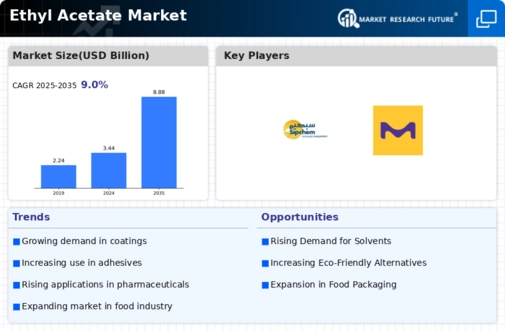

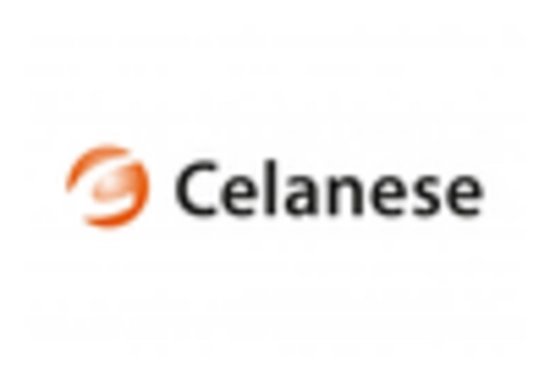
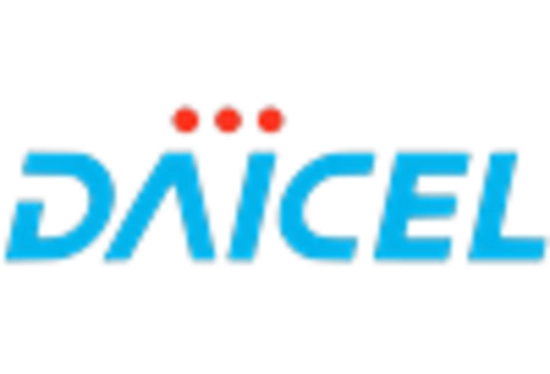
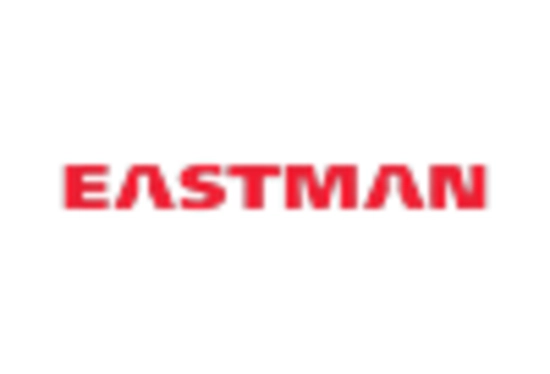
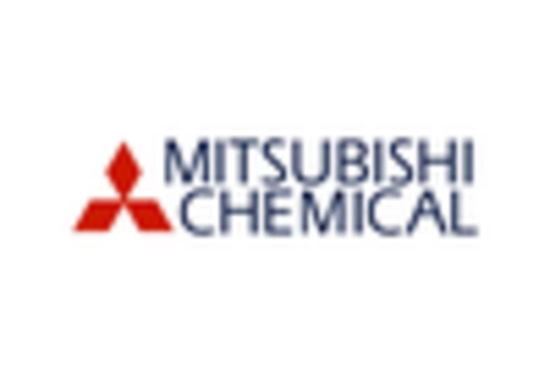
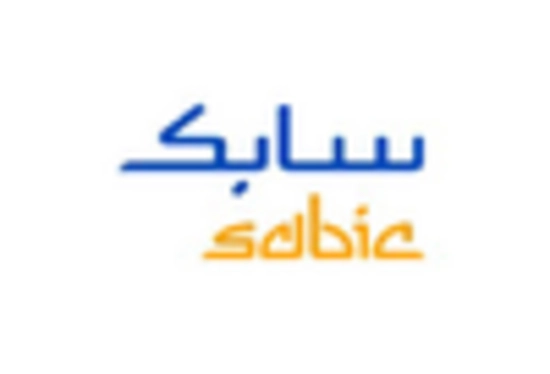









Leave a Comment